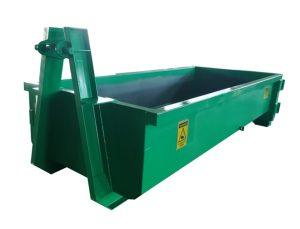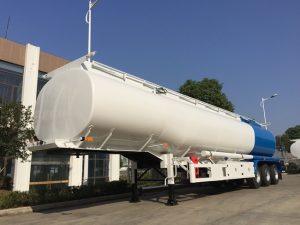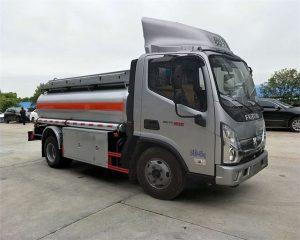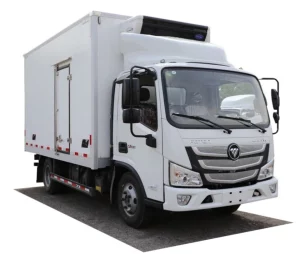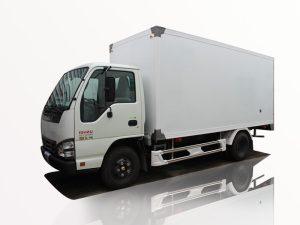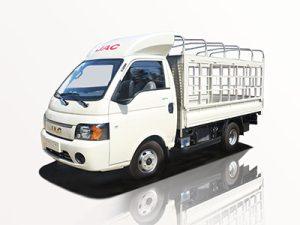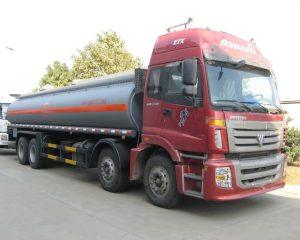Monday to Saturday - 8:00 -17:30
Understanding the Dimensions of Dump Trucks
Dump trucks play a crucial role in construction, mining, and waste management industries by transporting loose materials like sand, gravel, and debris. Knowing the dimensions of dump trucks is essential for effective planning and operation. This comprehensive guide will explore various dimensions, types, and specifications of dump trucks, helping you make informed decisions.
1. What are Dump Trucks?
Dump trucks are heavy-duty vehicles designed to transport materials for construction and other projects. They are characterized by their open-boxed load bodies with a hydraulic mechanism that allows them to deliver their load by tipping the front end of the vehicle. Dump trucks come in various sizes and types, each suited for different applications.
2. Common Types of Dump Trucks
2.1 Standard Dump Trucks
Standard dump trucks are the most common type, featuring a rectangular bed that can be raised to unload materials. They are versatile and used across various industries.
2.2 Transfer Dump Trucks
Transfer dump trucks have a separate trailer attached for additional capacity. This design allows for transporting more material in a single trip.
2.3 Tri-Axle Dump Trucks
These trucks have three axles, providing enhanced stability and greater load-bearing capacity. They are commonly used in heavy-duty applications.
2.4 Articulated Dump Trucks
Articulated dump trucks feature a joint connecting the cab and the dump box, offering excellent maneuverability in tight spaces. They are often used in off-road conditions.
3. Key Dimensions of Dump Trucks
3.1 Overall Length
The overall length of a dump truck can vary significantly based on its configuration. Most standard dump trucks range between 20 to 25 feet in length. Longer models, like transfer dump trucks, may extend up to 30 feet.
3.2 Width
Typically, dump trucks have a width ranging from 8 to 10 feet. This dimension is crucial for ensuring the vehicle can operate safely on roads and job sites.
3.3 Height
Dump trucks can reach heights of around 10 to 14 feet, depending on the model. The height is particularly important for accessing certain areas, like under bridges.
3.4 Bed Dimensions
The bed dimensions are fundamental to a dump truck’s cargo capacity. Standard bed lengths vary, but many are approximately 10 to 16 feet long, 8 feet wide, and 2.5 to 4 feet high. The volume of a typical dump truck bed can be as much as 10 to 14 cubic yards.
| Dump Truck Type | Overall Length | Width | Height | Bed Dimensions |
|---|---|---|---|---|
| Standard Dump Truck | 20-25 ft | 8 ft | 10-14 ft | 10-16 ft long x 8 ft wide x 2.5-4 ft high |
| Transfer Dump Truck | 25-30 ft | 10 ft | 10-14 ft | 12-16 ft long x 8 ft wide x 3-5 ft high |
| Tri-Axle Dump Truck | 24-28 ft | 8-10 ft | 10-14 ft | 14-16 ft long x 8 ft wide x 3-4 ft high |
| Articulated Dump Truck | 20-30 ft | 8-10 ft | 10-14 ft | 14-18 ft long x 8 ft wide x 3-5 ft high |
4. Factors Influencing Dump Truck Dimensions
4.1 Intended Use
The purpose of the dump truck significantly influences its dimensions. Trucks used for highway construction may require different specifications than those used for residential projects.
4.2 Payload Capacity
Payload capacity dictates the size of the dump truck’s bed. A higher payload capacity usually means a larger truck, which can affect maneuverability.
4.3 Local Regulations
Many regions have specific regulations regarding the size of vehicles on public roads. These regulations can impact the dimensions of commercial dump trucks.
4.4 Terrain Conditions
Dump trucks designed for off-road conditions, like articulated dump trucks, are often larger and equipped with better suspension systems for stability.
5. Measuring Dump Truck Dimensions
5.1 Tools Needed
To measure dump truck dimensions accurately, you will need measuring tape, a level, and a standard ruler. For larger vehicles, you may require specialized equipment like laser measuring devices.
5.2 Step-by-Step Measurement Process
- Park the dump truck on a level surface to ensure accurate measurements.
- Measure the overall length from the front bumper to the rear end of the dump bed.
- Measure the overall width at the widest point.
- Measure the height from the ground to the top of the truck cab or dump bed.
- Measure the dimensions of the dump bed by measuring its length, width, and height.
6. Practical Examples and Tips for Choosing the Right Dump Truck
6.1 Assess Your Needs
Before selecting a dump truck, evaluate the types of projects you will be undertaking. For instance, if you frequently haul materials on uneven terrains, consider an articulated dump truck.
6.2 Evaluate Local Regulations
Investigate local weight and size regulations to ensure your chosen dump truck complies. This can save you from fines and ensure safe operation on public roads.
6.3 Test the Maneuverability
Always test-drive a dump truck to gauge its handling and performance in tight spaces. Maneuverability is crucial on construction sites.
6.4 Consider Maintenance and Operation Costs
Beyond purchasing costs, consider maintenance expenses and fuel efficiency. Larger trucks may incur higher fuel and maintenance costs, impacting your overall budget.
6.5 Check Manufacturer Specifications
Refer to the manufacturer’s specifications for detailed information about the dump truck’s dimensions and maximum load capacities. This is critical for ensuring the vehicle meets your operational needs.
7. Frequently Asked Questions (FAQ)
7.1 What is the average length of a dump truck?
The average length of a standard dump truck ranges between 20 to 25 feet, while transfer dump trucks can be up to 30 feet long.
7.2 How wide are dump trucks?
Dump trucks typically measure between 8 and 10 feet in width, essential for safe operation on various terrains.
7.3 How high can dump trucks go?
Most dump trucks have a height ranging from 10 to 14 feet, depending on their design and type.
7.4 What factors affect the size of a dump truck?
The main factors influencing dump truck size include its intended use, payload capacity, local regulations, and terrain conditions.
7.5 Are larger dump trucks more cost-effective?
Larger dump trucks can transport more material at once, potentially reducing trips needed for projects, but they may also incur higher fuel and maintenance costs.
7.6 How do I choose the right dump truck for my project?
Assess your project needs, budget, and local regulations. Test driving and checking manufacturer specifications can help ensure you select the most suitable truck.


